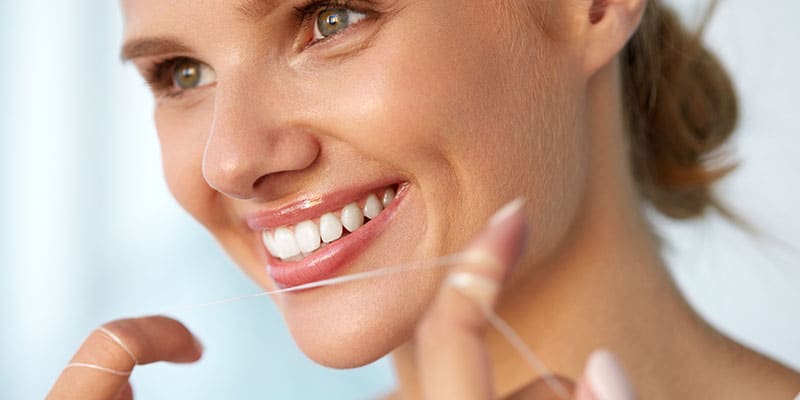
How White Can You Go? A Matter of Aesthetics
Teeth whitening results are subjective, varying considerably from person to person. Many are immediately delighted with their outcome, while others may be disappointed. Before you embark on any whitening treatment, ask your dentist for a realistic idea of the results you are likely to achieve and how long it should take to achieve them. Expectations play a major role in teeth whitening.
The Opalescence Boost In-Office Whitening Quick Process
Whitening one of the most popular cosmetic dentistry procedure and safest teeth whitening is with the dentist or hygienist in the clinic
Opalescence is a brand from the USA that is primarily focused on achieving whiter teeth.
The Opalescence Boost Whitening is quick, simple and affordable to accommodate your individualized budget and lifestyle
- First, your teeth are prepared for the gel
- The Boost Whitening Gel is applied, since it’s chemically activated, no light or heat is needed
- With it’s syringe to syringe mixing system, an evenly-mixed, fresh product is guaranteed
- With a distinct red color, the gel is easy to apply and remove
- After the gel is completely applied, it takes about an hour to fully take effect
- Now you have a noticeably whiter smile!
A Professional take home whitening system specifically formulated to remove tooth discolouration due to foods, tobacco and other stain-causing materials.
Available in three delicious flavors and two concentrations for day or night wear.
Opalescence take-home whitening gel is a professional teeth whitener available only through a licensed dental professional. Giving you a whiter, brighter smile using custom trays your dentist makes just for you. Opalescence take-home whitening gel is ideal for people who want the most customized whitening treatment possible.
Professionally dispensed take-home whitening kits – many dentists are of the option that professionally dispensed take -home whitening kits can product the best results over the long haul. Take-home kits incorporate an easy-to-use lower-concentration peroxide gel that remains on the teeth for an hour or longer (sometimes overnight). The lower the peroxide percentage, the longer it may safe remain on the teeth. The gel is applied to the teeth using custom-made bleaching trays that resemble mouth guards.
Bleaching vs. Whitening: What’s the Difference?
The term “bleaching” is permitted to be used only when the teeth can be whitened beyond their natural colour. This applies strictly to products that contain bleach – typically hydrogen peroxide or carbamide peroxide.
The term “whitening,” on the other hand, refers to restoring a tooth’s surface colour by removing dirt and debris. So any product that cleans (like a toothpaste) is technically considered a whitener. Of course, the term whitening sounds better than bleaching, so it is more frequently used – even when describing products that contain bleach.
Teeth whitening removes the stains and debris, leaving the enamel cracks open and exposed. Some of the cracks are quickly re-mineralized by saliva, while others are filled up again with organic debris.
Teeth Whitening Options
Two major teeth whitening options are available today.
- In-Office Whitening – Significant colour change in a short period of time is the major benefit of in-office whitening. This protocol involves the carefully controlled use of a relatively high-concentration peroxide gel, applied to the teeth by the dentist or trained technician after the gums have been protected with a paint-on rubber dam. Generally, the peroxide remains on the teeth for several 15 to 20 minute intervals that add up to an hour (at most). Those with particularly stubborn staining may be advised to return for one or more additional bleaching sessions, or may be asked to continue with a home-use whitening system.
- Professionally Dispensed Take-Home Whitening Kits – Many dentists are of the opinion that professionally dispensed take-home whitening kits can produce the best results over the long haul. Take-home kits incorporate an easy-to-use lower-concentration peroxide gel that remains on the teeth for an hour or longer (sometimes overnight). The lower the peroxide percentage, the longer it may safely remain on the teeth. The gel is applied to the teeth using custom-made bleaching trays that resemble mouth guards.
Teeth Whitening Risks
Teeth whitening treatments are considered to be safe when procedures are followed as directed. However, there are certain risks associated with bleaching that you should be aware of:
- Sensitivity: Bleaching can cause a temporary increase in sensitivity to temperature, pressure and touch. This is likeliest to occur during in-office whitening, where higher-concentration bleach is used. Some individuals experience spontaneous shooting pains (“zingers”) down the middle of their front teeth.
- Individuals at greatest risk for whitening sensitivity are those with gum recession, significant cracks in their teeth or leakage resulting from faulty restorations. It has also been reported that redheads, including those with no other risk factors, are at particular risk for tooth sensitivity and zingers.
- Whitening sensitivity lasts no longer than a day or two, but in some cases may persist up to a month. Some dentists recommend a toothpaste containing potassium nitrate for sensitive teeth.
- Gum irritation: Over half of those who use peroxide whiteners experience some degree of gum irritation resulting from the bleach concentration or from contact with the whitening trays. Such irritation typically lasts up to several days, dissipating after bleaching has stopped or the peroxide concentration lowered.
- Technicolor teeth: Restorations such as bonding, dental crowns or porcelain veneers are not affected by bleach and therefore maintain their default colour while the surrounding teeth are whitened. This results in what is frequently called “technicolor teeth.”
Maintaining Your Teeth Whitening Results
To extend the longevity of newly whitened teeth, dentists are likely to recommend:
- At-home follow-up or maintenance whitening – implemented immediately or performed as infrequently as once a year.
- Avoiding dark-coloured foods and beverages for at least a week after whitening.
- Whenever possible, sipping dark-coloured beverages with a straw.
- Practicing excellent oral hygiene – brushing and flossing after meals and at bedtime.


